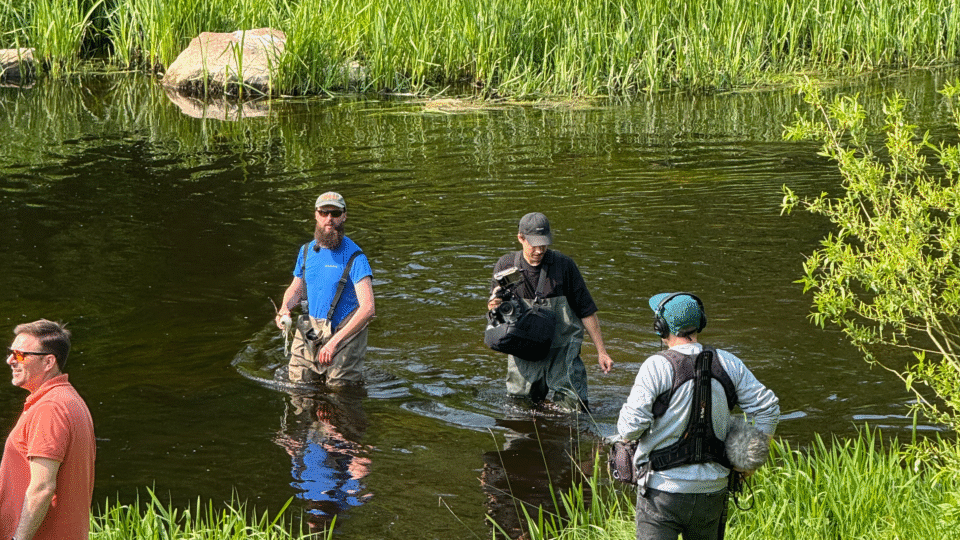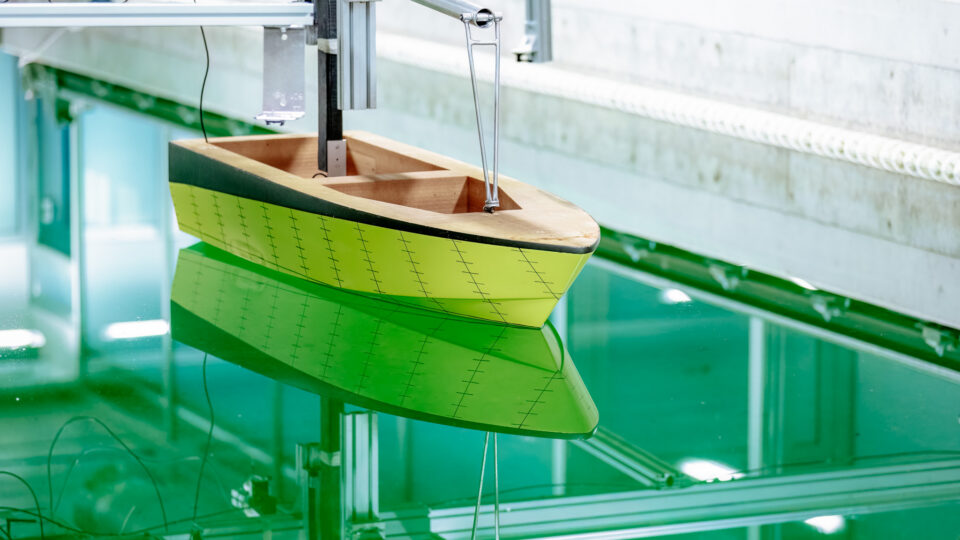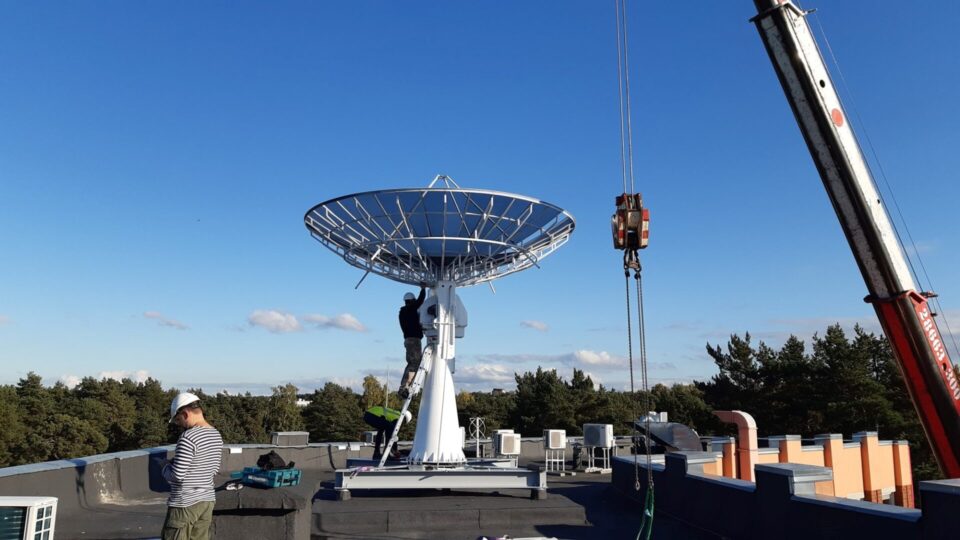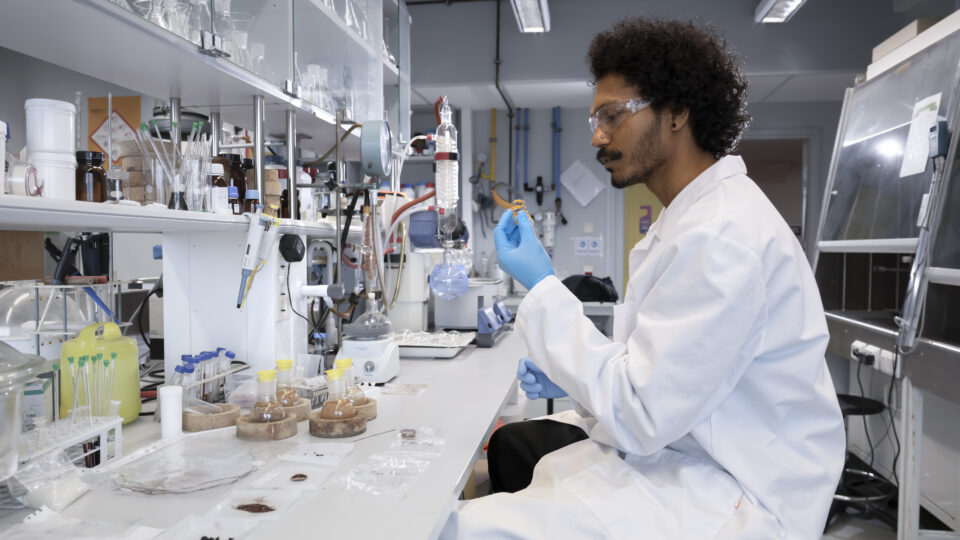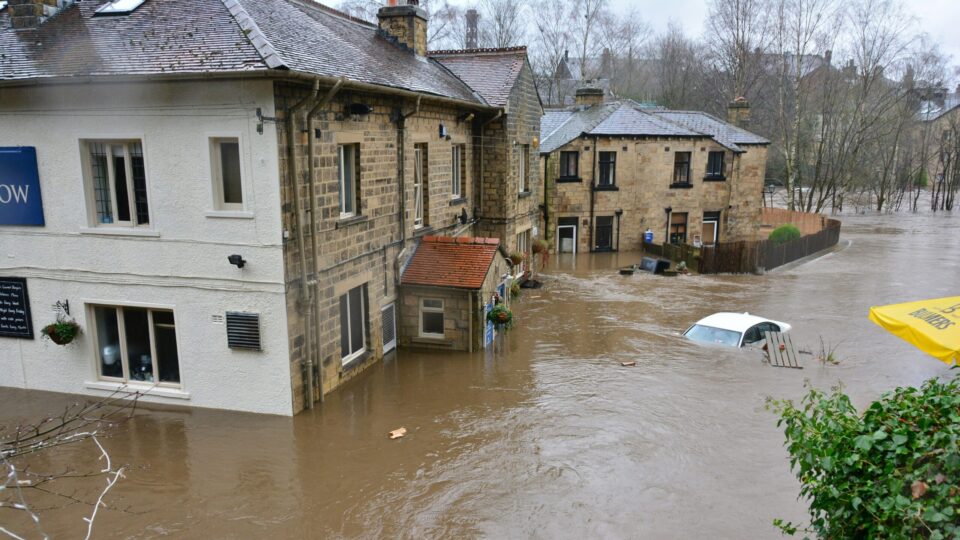When British wildlife photographer Jack Perks visited TalTech, it wasn’t just a guest lecture or a quirky nature story – it was a significant step in redefining how technology and ecology intersect. His visit bridged underwater fieldcraft with cutting-edge AI, helping fine-tune TalTech’s fish monitoring systems and inspiring the next generation of students to see IT as more than just code.
teaduskoostöö
The hydrodynamics laboratory at Kuressaare College Marine Technology competence centre houses the only specialised model testing basin in the Baltic region, with impressive dimensions: 60 metres long, five metres wide, and three metres deep.
When exploring what exciting work TalTech has done in the space sector, the usual response is always the satellites Koit and Hämarik. However, the work with Koit and Hämarik is by no means the only space-related project at the university.
In the global push toward sustainability, one of the most promising yet underutilized natural resources is lignin. Traditionally regarded as a low-value byproduct of the pulp and paper industry, lignin is now at the forefront of innovative research aimed at transforming it into high-value products.
With climate change intensifying natural hazards like floods and snowstorms, cities worldwide must enhance resilience. A research team from TalTech and PUCRS, in collaboration with partner cities and commercial stakeholders, is developing a Natural Hazard Resilience Toolkit to improve crisis management through better communication and data integration.
